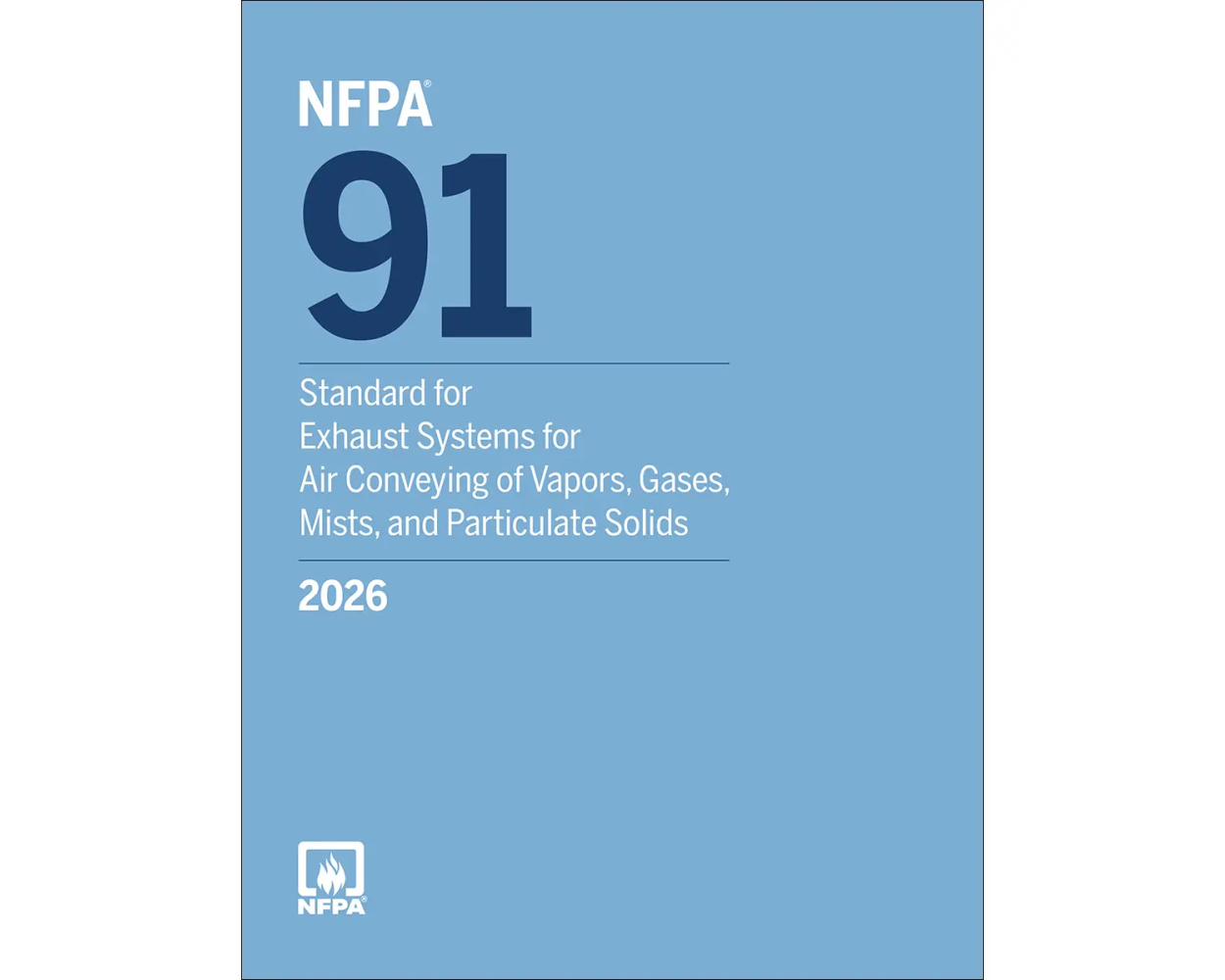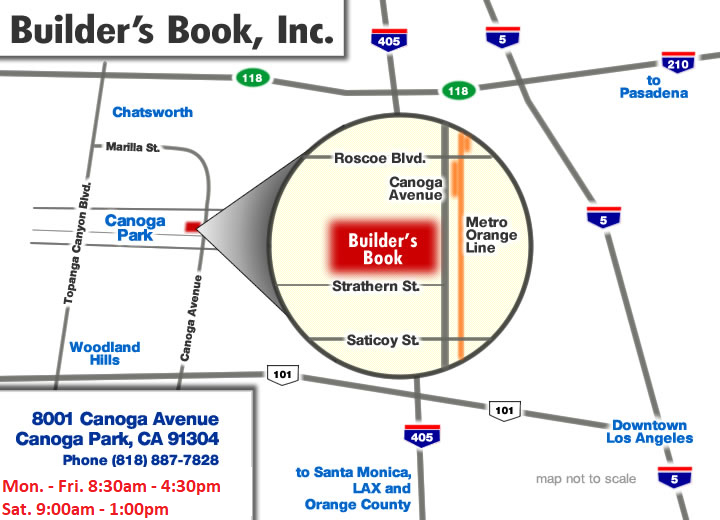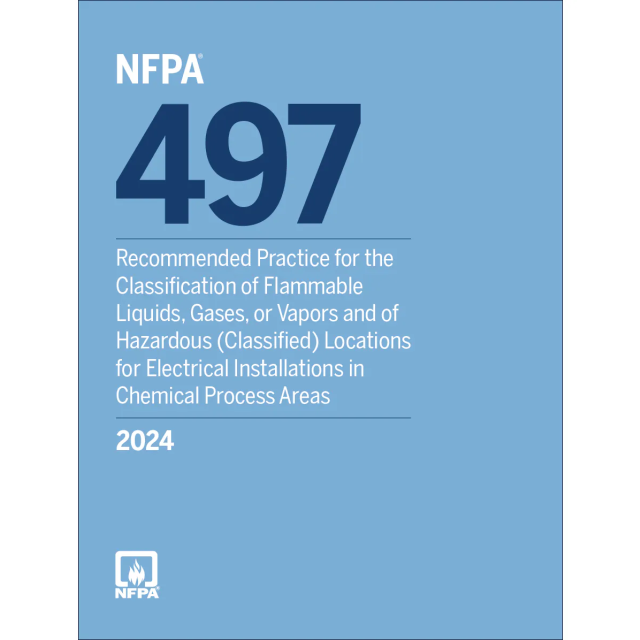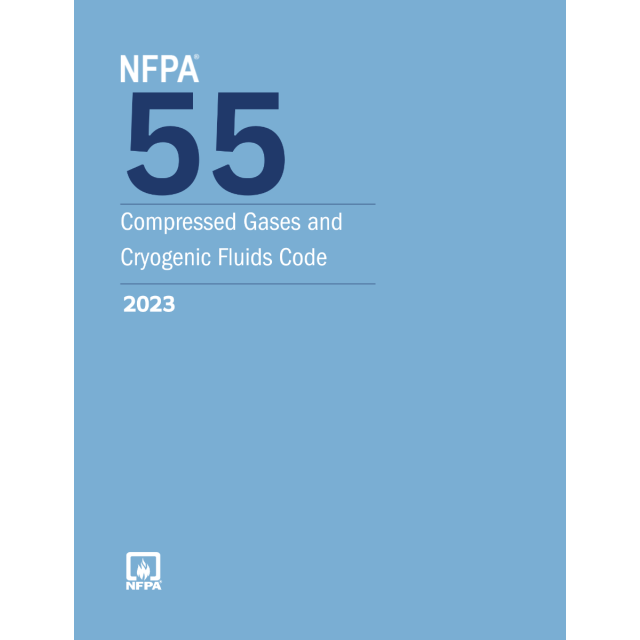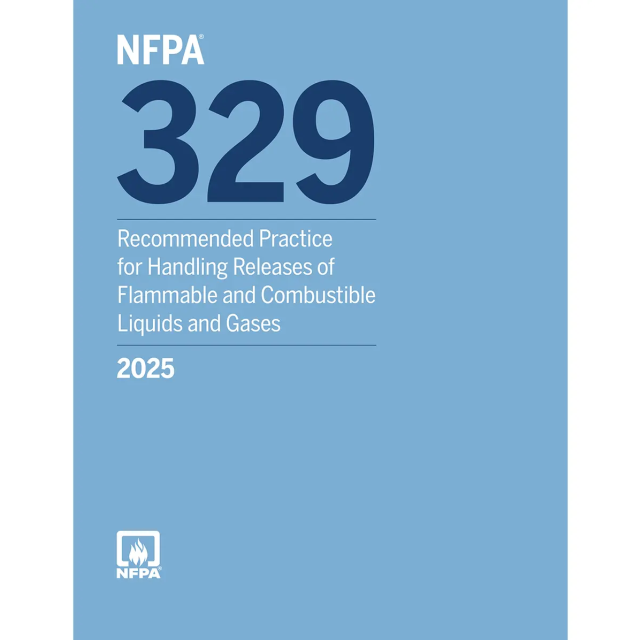NFPA 91 Standard for Exhaust Systems for Air Conveying of Vapors, Gases, Mists and Particulate Solids
Help ensure compliance with critical requirements for safeguarding potentially dangerous exhaust systems from fires and explosions.
For well over a century, NFPA codes and standards have been addressing the inherent dangers that blower and exhaust systems can present to public safety. NFPA 91, Standard for Exhaust Systems for Air Conveying of Vapors, Gases, Mists, and Particulate Solids, represents the most comprehensive requirements for designing, constructing, installing, testing, operating, and maintaining these systems.
This standard is a must-have resource to help improve safety and mitigate risks from fires and explosions in exhaust systems where vapors, gases, mists, and particulate solids are present in the airflow. The standard incorporates provisions on the application of exhaust systems to specific industries or operations from NFPA 1, Fire Code, NFPA 30, Flammable and Combustible Liquids Code, and many other codes and standards.
It is critical for design and fire protection engineers, safety and health professionals, industrial hygienists, and fire and building officials to know ignition risks of materials pneumatically conveyed through duct systems.
The 2026 edition reflects the latest changes for exhaust systems, including:
- Concentration limits for systems conveying combustible particulate solids and hybrid mixtures have been clarified, as have the situations in which combination fire/smoke dampers or smoke dampers can be installed in exhaust systems.
- Firestopping requirements have been aligned with building codes and terminology for flame spread index and smoke developed index have been aligned with industry test standards.
- Annex Section G.8 regarding NFPA 69 evaluations of lithium-ion ESSs has been revised to provide engineering design and risk mitigation considerations to aid in evaluating the consequences of an explosion event.
- Applications of the document to both combustible and noncombustible particulate solids have been clarified.
Table of Contents
Chapter 1 Administration1.1 Scope.
1.2 Purpose.
1.3 Retroactivity.
1.4 Equivalency.
1.5 Units of Measurement.
Chapter 2 Referenced Publications2.1 General.
2.2 NFPA Publications.
2.3 Other Publications.
2.4 References for Extracts in Mandatory Sections.
Chapter 3 Definitions3.1 General.
3.2 NFPA Official Definitions.
3.3 General Definitions.
Chapter 4 Design and Construction4.1 Terminology.
4.2 General Requirements.
4.3 Duct Material and Construction.
4.4 Access.
4.5 Design Requirements.
4.6 Hangers and Supports.
4.7 Duct Installation.
Chapter 5 Corrosive Materials5.1 General.
Chapter 6 Air-Moving Devices6.1 General.
6.2 Flammable or Combustible Materials.
6.3 Clearance.
6.4 Alignment.
6.5 Maintenance and Inspection.
6.6 Location.
6.7 Flexible Connections.
Chapter 7 Air–Material Separators (Air Separation Devices)7.1 General Requirements.
7.2 Separators for Noncombustible Particulates.
7.3 Separators for Flammable Gases, Vapors, and Mists.
Chapter 8 Ignition Sources8.1 Electrical Equipment.
8.2 Static Electricity.
8.3 Manifolds.
8.4 Open Flames and Sparks.
8.5 Removal of Ferrous Materials.
8.6 Belt Drives.
8.7 Bearings.
8.8 Equipment.
Chapter 9 Fire Protection9.1 General.
9.2 Drainage.
9.3 Testing and Inspection.
Chapter 10 Testing and Maintenance10.1 Retroactivity.
10.2 General.
10.3 System Test.
10.4 System Inspection.
10.5 Cleanliness.
10.6 Maintenance Program.
10.7 Maintenance Log.
Annex A Explanatory Material
Annex B Informational References
2026 (9781455932153)
2020 (9781455924998)
| Price | $209.95 |
|---|---|
| Customer Service | We're Here To Help! Call us anytime during our customer service hours... Monday through Friday - 8:30 am to 4:30 pm (Pacific) Order Questions:
TOLL FREE, 800-273-7375 (Outside the U.S. call 818-887-7828). Our Address: 8001 Canoga Avenue Canoga Park, CA 91304 US Phone: 800-275-2665 E-mail: sales@buildersbook.com
|
| Description | Help ensure compliance with critical requirements for safeguarding potentially dangerous exhaust systems from fires and explosions. For well over a century, NFPA codes and standards have been addressing the inherent dangers that blower and exhaust systems can present to public safety. NFPA 91, Standard for Exhaust Systems for Air Conveying of Vapors, Gases, Mists, and Particulate Solids, represents the most comprehensive requirements for designing, constructing, installing, testing, operating, and maintaining these systems. This standard is a must-have resource to help improve safety and mitigate risks from fires and explosions in exhaust systems where vapors, gases, mists, and particulate solids are present in the airflow. The standard incorporates provisions on the application of exhaust systems to specific industries or operations from NFPA 1, Fire Code, NFPA 30, Flammable and Combustible Liquids Code, and many other codes and standards. It is critical for design and fire protection engineers, safety and health professionals, industrial hygienists, and fire and building officials to know ignition risks of materials pneumatically conveyed through duct systems. The 2026 edition reflects the latest changes for exhaust systems, including:
Table of Contents Chapter 1 Administration1.1 Scope. Chapter 2 Referenced Publications2.1 General. Chapter 3 Definitions3.1 General. Chapter 4 Design and Construction4.1 Terminology. Chapter 5 Corrosive Materials5.1 General. Chapter 6 Air-Moving Devices6.1 General. Chapter 7 Air–Material Separators (Air Separation Devices)7.1 General Requirements. Chapter 8 Ignition Sources8.1 Electrical Equipment. Chapter 9 Fire Protection9.1 General. Chapter 10 Testing and Maintenance10.1 Retroactivity. Annex A Explanatory Material 2026 (9781455932153) 2020 (9781455924998) |

